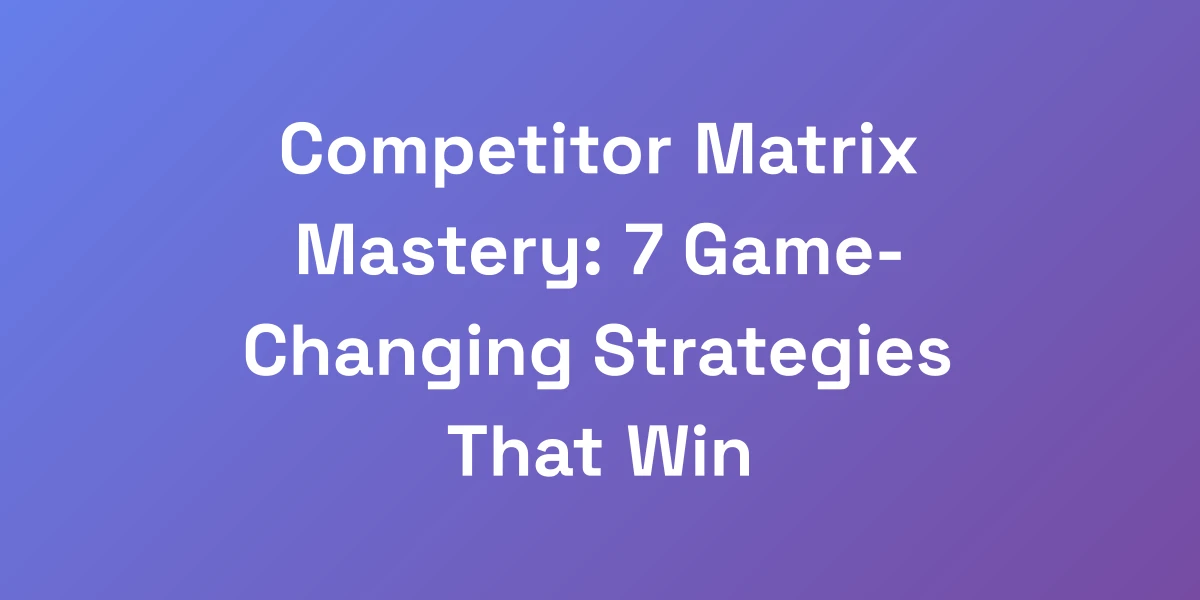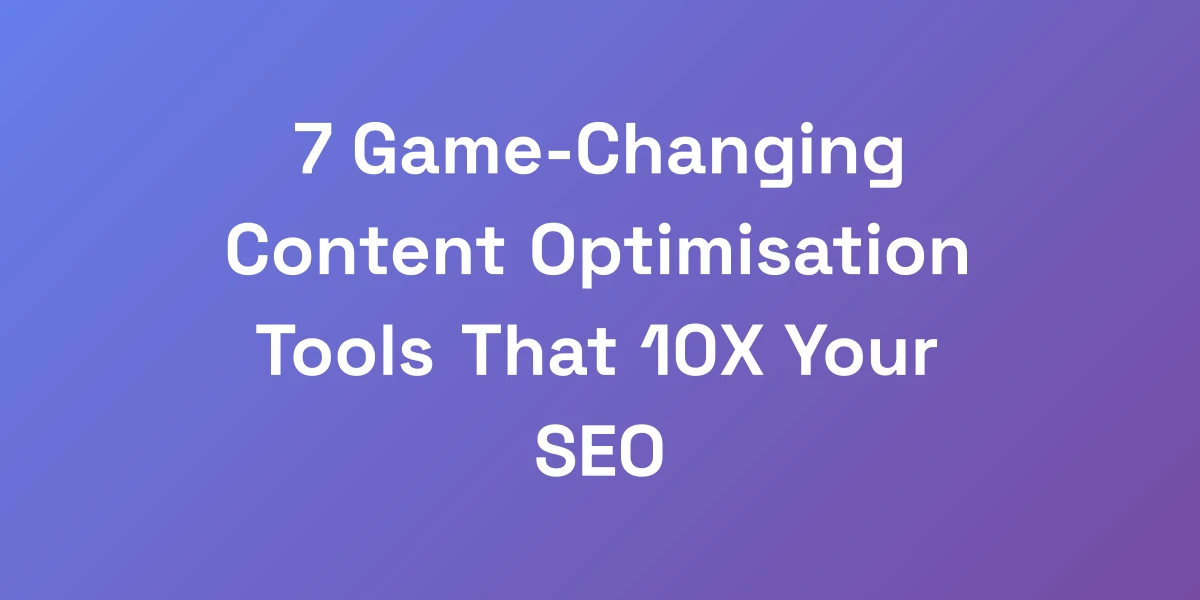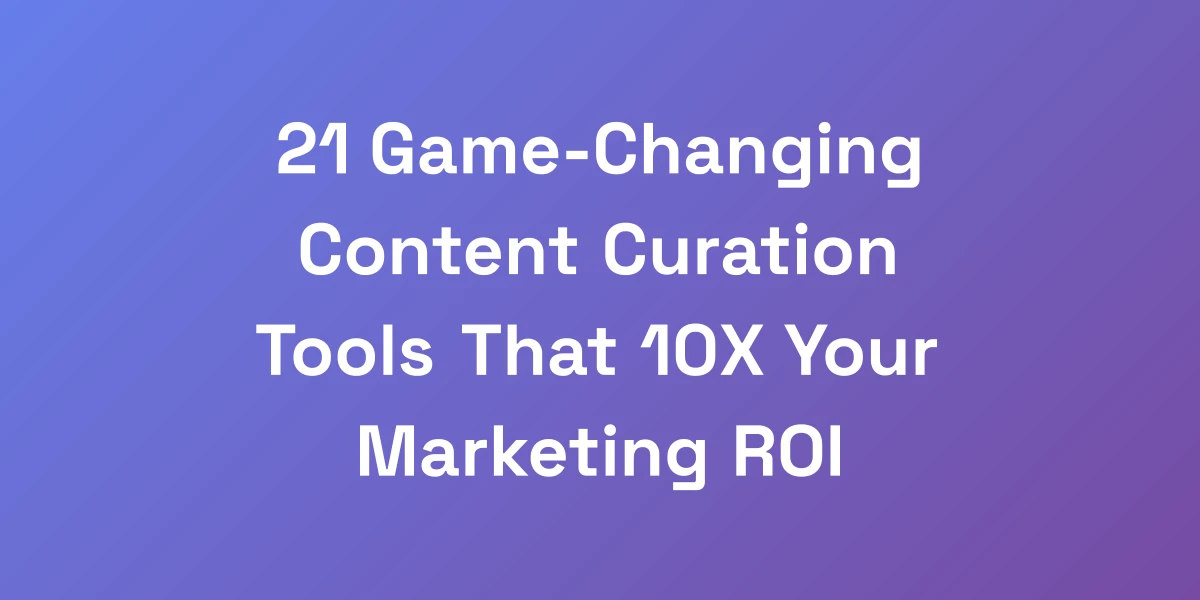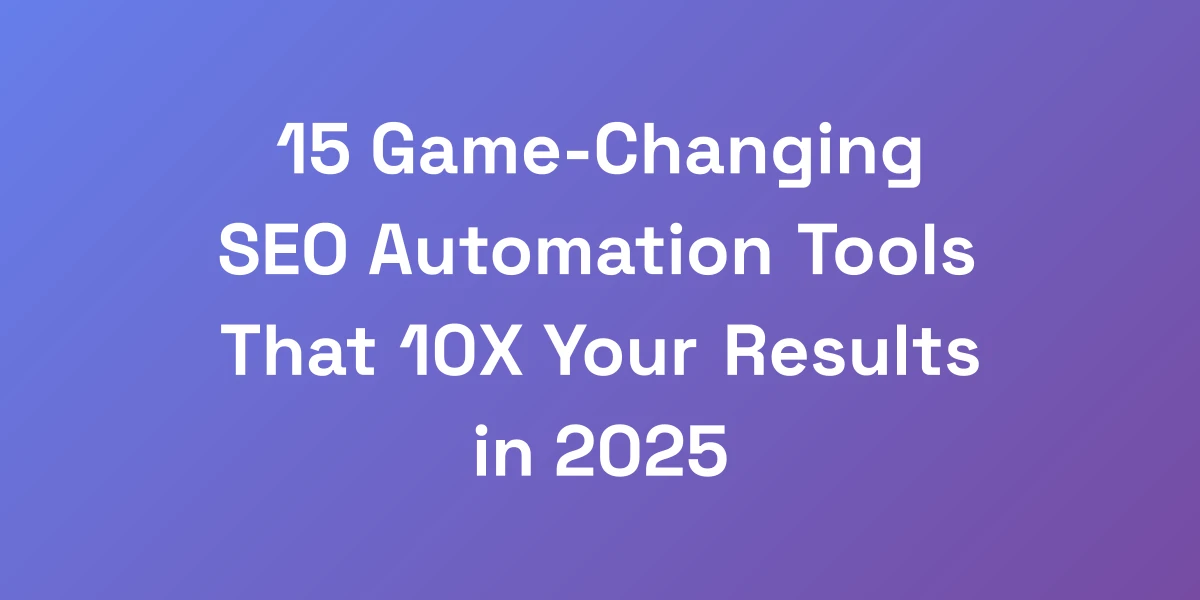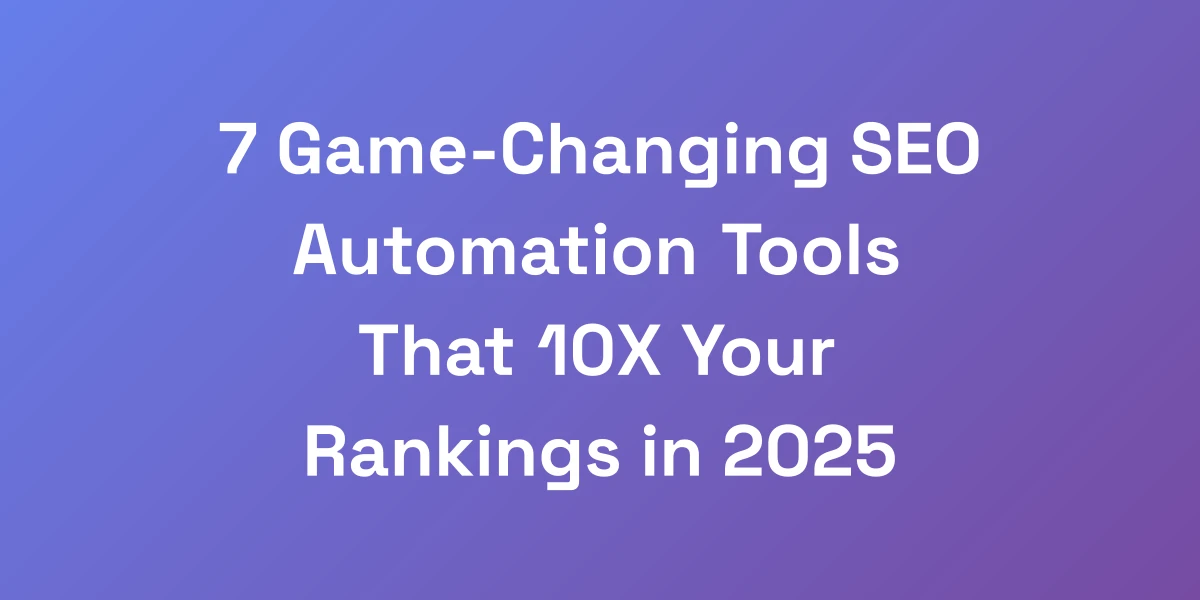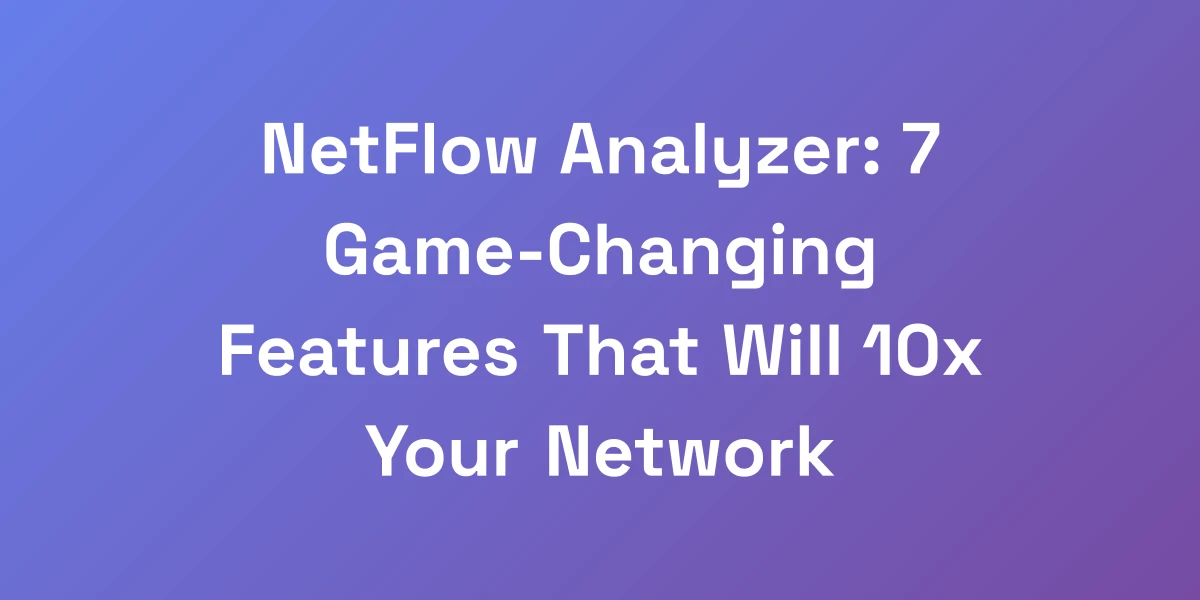
Crush Your Competition: 7 Game-Changing Competitor Insights That Win
Mar 18, 2025 | By [email protected]
We’ve all seen it: businesses pouring time and money into competitor analysis, only to find themselves stuck in an endless loop of data without direction. It’s frustrating, right? But what if we told you there’s a way to not just analyze your competitors but to actually outsmart them?
In this article, we’re diving deep into the 7 game-changing competitor insights that can flip the script in your favor. Forget about the fluff and the surface-level metrics. We’re talking actionable strategies that can help you dominate your market. Ready to crush your competition? Let’s get started.
Why Most Businesses Fail at Competitor Analysis (And How to Fix It)
Let’s hit you with some truth: 90% of businesses are doing competitor analysis wrong. They’re collecting useless data points and fancy screenshots that gather digital dust. Here’s the reality: True competitor insights aren’t about what your competition is doing – they’re about why they’re doing it and how you can leverage that information to dominate your market. Companies can fail due to innovation lag leading to bankruptcy, or even experience Amazon failures, highlighting the critical importance of understanding the underlying strategies behind competitors’ actions.
We’ve spent millions testing this approach, and today, we’re going to show you exactly how to extract insights that actually move the needle.
The Costly Mistakes in Traditional Competitor Research
Traditional competitor research often gets bogged down by superficial metrics. Businesses tend to focus on what competitors are offering rather than understanding the underlying strategies driving their success.
- Data Overload: Collecting mountains of data without a clear purpose leads to analysis paralysis.
- Ignoring the ‘Why’: Focusing solely on what competitors are doing without understanding why they’re doing it misses critical strategic insights.
- Lack of Action: Gathering data is pointless unless it’s translated into actionable strategies.
To fix this, shift your focus from mere data collection to understanding the motivations and strategies behind your competitors’ actions.
The Difference Between Data Collection and Actionable Insights
Data collection is about gathering information, but actionable insights are about interpreting that data to make informed decisions. Here’s the difference:
- Data Collection: Number of social media followers, website traffic stats.
- Actionable Insights: Understanding why a competitor’s social media campaign resonates with their audience and applying those tactics to your strategy.
By transforming data into insights, you can create strategies that are not just reactive but proactively position you ahead of the competition.
The ROI-Focused Approach to Competitor Analysis
Every dollar you spend on competitor analysis should bring you closer to your business goals. An ROI-focused approach means prioritizing insights that have the highest potential impact on your revenue and growth.
- Identify High-Impact Areas: Focus on areas where competitors are investing heavily and see what you can learn from their success or failures.
- Measure Your Success: Track the effectiveness of your strategies in relation to the insights gained.
This approach ensures that your competitor analysis isn’t just an academic exercise but a driver of tangible business results.
Setting Up Your Insight Generation Framework
To consistently generate valuable insights, you need a structured framework. Here’s how:
- Orient: Define your goals and what you want to achieve from competitor analysis.
- Gather: Collect data from reliable sources using best competitor intelligence tools.
- Analyze: Turn data into Actionable Insights with the help of analytics frameworks.
- Act: Implement strategies based on your insights and monitor their effectiveness.
By following this framework, you ensure that your competitor analysis is systematic, focused, and actionable.
The 7 Most Profitable Competitor Insights You Need to Track
After analyzing thousands of businesses across different industries, we’ve identified seven key insights that consistently drive revenue growth. These aren’t your typical surface-level metrics. These are the deep, strategic insights that help you understand the real money-making mechanics behind your competitors’ success. When you understand these seven areas, you can predict your competitors’ moves before they make them and position yourself to capture market share systematically.
1. Revenue Model and Pricing Strategy Analysis
Understanding your competitors’ revenue models and pricing strategies is crucial. It’s not just about how much they charge, but why they charge it that way.
- Identify Revenue Streams: Are they relying on subscription models, one-time sales, or a hybrid approach?
- Pricing Tiers: Analyze the structure of their pricing tiers to see what features or services are bundled at each level.
- Discount Strategies: Look for patterns in their discounting practices, such as seasonal sales or bulk purchase discounts.
For example, a competitor might use a freemium model to attract a large user base, then convert a percentage of those users into paying customers. Understanding this can help you tweak your own pricing strategy to maximize conversions.
2. Customer Acquisition Channels and Costs
Where are your competitors finding their customers, and how much are they spending to acquire them?
- Primary Channels: Identify whether they are using social media, email marketing, SEO, PPC, or other channels.
- Cost Per Acquisition (CPA): Estimate how much they are spending to acquire each customer on these channels.
- Channel Effectiveness: Assess which channels are driving the most traffic and conversions for them.
By leveraging digital marketing for small businesses, you can optimize your customer acquisition channels more effectively and explore untapped channels where your competitors might not be focusing.
3. Product Development and Innovation Patterns
Staying ahead in product development is key to maintaining a competitive edge.
- Feature Rollouts: Track the frequency and timing of new feature releases and updates.
- Innovation Strategy: Understand whether competitors are focusing on incremental improvements or disruptive innovations.
- User Feedback Integration: See how they incorporate user feedback into their product development process.
For instance, if a competitor is rapidly adding new features based on user feedback, it indicates a strong customer-centric approach that you might need to emulate to keep up.
4. Customer Pain Points and Value Propositions
Identifying and addressing customer pain points is essential for creating compelling value propositions.
- Pain Points: Analyze customer reviews and feedback to understand the common issues they face with your competitors’ products.
- Value Propositions: Determine how competitors are positioning their products to solve these pain points.
- Unique Selling Points (USPs): Identify what makes their offerings unique and how you can differentiate your own.
By addressing the shortcomings of your competitors and enhancing your value proposition, you can attract customers who are dissatisfied with existing solutions.
5. Operational Efficiency Metrics
Operational efficiency can determine a company’s profitability and scalability.
- Cost Structures: Examine how competitors allocate their budgets across different departments and operations.
- Process Optimization: Identify any advanced processes or technologies they use to streamline operations.
- Productivity Rates: Assess metrics like employee productivity and turnaround times for services or product deliveries.
For example, if a competitor has optimized their supply chain to reduce costs, you can explore similar strategies to enhance your own operational efficiency.
6. Market Positioning and Brand Messaging
How your competitors position themselves in the market and communicate their brand message can provide valuable insights.
- Brand Identity: Analyze their branding elements such as logo, tagline, and visual aesthetics.
- Messaging Strategy: Understand the key messages they are conveying through their marketing campaigns.
- Target Audience: Identify the demographics and psychographics they are targeting to better define your own audience.
Understanding how competitors position themselves helps you carve out a unique space for your brand that resonates more effectively with your target audience. Additionally, leveraging digital marketing strategies for agencies can further refine your market positioning and messaging.
7. Strategic Partnerships and Growth Initiatives
Strategic partnerships can accelerate growth and expand market reach.
- Partnership Types: Identify the types of partnerships competitors are engaging in, such as technology alliances, distribution agreements, or co-branding initiatives.
- Growth Strategies: Understand their strategies for entering new markets, launching new products, or scaling operations.
- Impact of Partnerships: Assess the effectiveness and impact of these partnerships on their business growth.
By recognizing successful partnerships, you can explore similar opportunities to boost your own growth and expand your market presence.
Extracting Hidden Insights Your Competitors Don’t Want You to Find
The real gold isn’t in the obvious places – it’s in the shadows where most businesses never think to look. We’re going to show you our exact process for uncovering the insights that your competitors are trying to keep secret. This isn’t about surface-level Google searches. It’s about developing a systematic approach to finding the blind spots and opportunities that others miss.
Advanced Digital Footprint Analysis
Your competitors leave digital breadcrumbs everywhere. By analyzing these footprints, you can glean insights into their strategies.
- Website Analytics: Use competitor website analysis tools to understand traffic sources, user behavior, and engagement metrics.
- SEO Strategies: Analyze their keyword rankings, backlink profiles, and content strategies using SEMrush. Additionally, incorporating SEO tools for agencies can enhance the depth of your analysis.
- Online Advertising: Examine their ad placements, budgets, and performance to understand their advertising tactics.
For example, if you notice a competitor is heavily investing in a particular set of keywords, it might indicate a strategic focus on that market segment.
Social Proof Mining Techniques
Social proof such as reviews, testimonials, and social media mentions can provide deep insights into competitor performance and customer perception.
- Review Analysis: Scrutinize customer reviews on platforms like Yelp, Google Reviews, and industry-specific sites to identify common praises and complaints.
- Influencer Collaborations: Monitor their partnerships with influencers to see how they’re leveraging social proof for marketing.
- Engagement Metrics: Assess their social media engagement rates to understand how effectively they’re interacting with their audience.
By mining social proof, you can uncover what customers love or hate about your competitors, allowing you to tailor your offerings accordingly.
Employee and Customer Sentiment Analysis
The sentiments of employees and customers can reveal a lot about a competitor’s internal health and customer satisfaction levels.
- Employee Reviews: Platforms like Glassdoor can provide insights into employee satisfaction, company culture, and operational challenges.
- Customer Sentiment: Use sentiment analysis tools to gauge overall customer satisfaction and identify common issues or strengths.
- Engagement Trends: Track trends in customer engagement and loyalty programs to understand retention strategies.
For instance, a high number of negative employee reviews might indicate operational inefficiencies, which you can exploit by offering superior service or products.
Supply Chain and Vendor Investigation
Understanding a competitor’s supply chain can provide strategic advantages in sourcing and cost management.
- Vendor Partnerships: Identify key suppliers and partners your competitors rely on.
- Logistics Strategies: Analyze their logistics and distribution methods to identify opportunities for efficiency improvements.
- Cost Management: Assess how they manage supply chain costs and identify areas where you can achieve better margins.
For example, if a competitor is partnering with a particular supplier for high-quality materials, you might explore similar or alternative partnerships to match or exceed their quality while maintaining cost efficiency.
Patent and Legal Filing Research
Patents and legal filings can provide a glimpse into a competitor’s future innovations and strategic directions.
- Patent Analysis: Monitor new patents filed by competitors to understand their R&D focus areas and upcoming technologies.
- Legal Disputes: Track legal disputes and settlements to identify potential weaknesses or strategic shifts.
- Regulatory Compliance: Understand how competitors are navigating regulatory challenges, which can influence their market strategies.
By keeping an eye on patents, you can anticipate new product launches or technological advancements, giving you a head start in preparing your own innovations.
Marketing Campaign Forensics
Dissecting your competitors’ marketing campaigns can reveal their messaging strategies and target audience preferences.
- Campaign Analysis: Examine the themes, channels, and formats used in their marketing campaigns.
- Content Strategy: Analyze the type and quality of content they produce to engage their audience.
- Advertising Spend: Estimate their advertising spend across different channels to identify priority areas.
For example, if a competitor is investing heavily in video marketing, it might indicate that their audience prefers visual content, prompting you to enhance your own video strategy.
